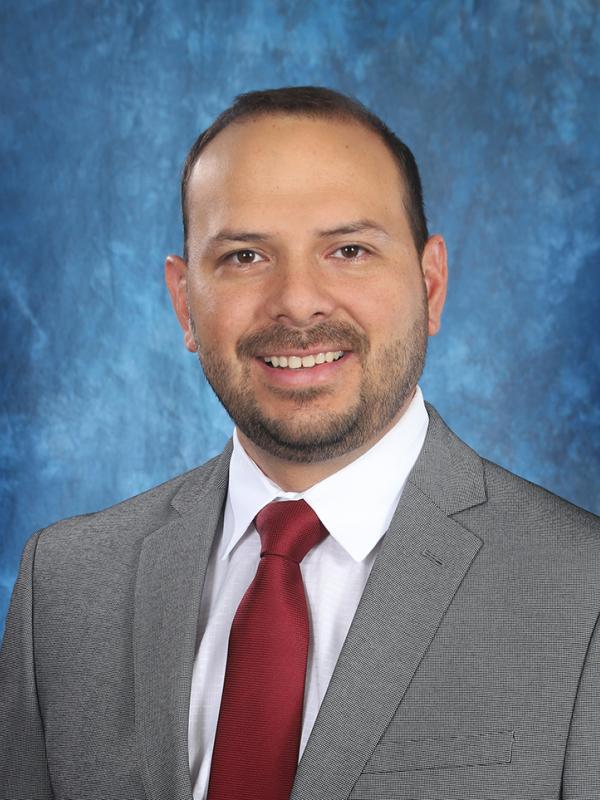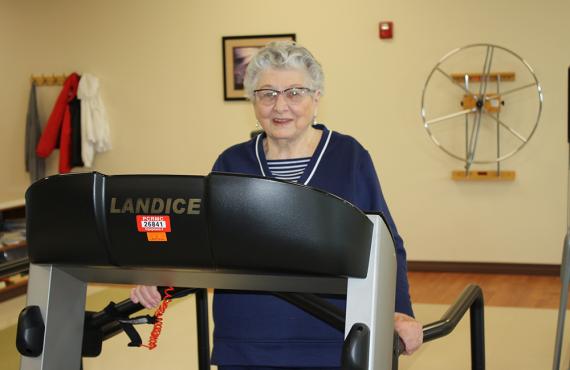Published on November 23, 2021
Read Time: Three Minutes
By Thomas Guerrero-Garcia, MD
Phelps Health
Lung cancer is the second most common cancer in both men and women, not counting skin cancer. Only prostate cancer is more common in men, while breast cancer is more common in women.
According to the American Cancer Society (ACS), an estimated 235,760 new cases of lung cancer will be diagnosed in 2021.

The good news is that the number of new lung cancer cases and deaths from lung cancer are both decreasing. This drop is partly due to people quitting smoking and advances in early detection and treatment for lung cancer.
1. How common is lung cancer?
Of the new cases of lung cancer diagnosed this year, about half are found in men and half in women. By the end of 2021, the ACS estimates that about 131,880 deaths will be attributed to lung cancer in 2021.
Lung cancer mainly occurs in older people. Most people diagnosed with lung cancer are 65 or older, and the average age of people when diagnosed is 70.
2. What are the risk factors for lung cancer?
Smoking is by far the leading risk factor for lung cancer. About 80% of lung cancer deaths are thought to result from smoking. If you stop smoking, you are doing your best at minimizing the chance of getting lung cancer.
Other risk factors for lung cancer include exposure to secondhand smoke and exposure to radon, asbestos and uranium. While these are risk factors you can change, other risk factors, including air pollution and previous radiation to your chest for other cancers, cannot be changed.
3. What are common signs or symptoms of lung cancer?
The most common symptoms of lung cancer include the following:
- A cough that does not go away or gets worse
- Coughing up blood or rust-colored spit or phlegm
- Chest pain that worsens with deep breathing, coughing or laughing
- Hoarseness
- Loss of appetite
- Unexplained weight loss
- Shortness of breath
- Feeling tired or weak
- New onset of wheezing
- Infections (bronchitis or pneumonia) that do not go away or keep coming back
4. How is lung cancer diagnosed?
In order to diagnose lung cancer, a doctor or provider reviews a patient’s medical history and performs a physical exam. Depending on the problem, the following tests made be ordered:
- Chest X-rays
- Computed tomography (CT) scans
- Positron emission tomography-computed tomography (PET-CT scan)
- Bronchoscopy (a procedure using a scope to look at the airways in the lungs)
- Biopsy (a procedure that takes a sample of the tumor to give the diagnosis and type of lung cancer)
Other tests, such as mediastinoscopy (a procedure used to examine the organs between the lungs and nearby lymph nodes) or cytology (examination of a single cell type), may also be ordered, depending on the patient.
After a diagnosis, a patient also may undergo molecular studies that determine the type of cancer cells. This testing can lead to more personalized lung cancer therapy and treatments.
5. What are the current recommended screening guidelines for lung cancer?
The guidelines are different for individuals with high and low risk factors. Screenings are recommended for people with high risk factors, including those who are ages 50 and older and who have a history of smoking 20 packs per year.
If you are a candidate for lung cancer screening, you will undergo a special type of CT scan, which will usually be done with a lower dose of radiation compared to regular CT scans.
Find Cancer Care, Close to Home
Thomas Guerrero-Garcia, MD, is a board-certified medical oncologist and hematologist at Phelps Health. Learn more about cancer care services at Phelps Health or call the Phelps Health Delbert Day Cancer Institute at (573) 458-3324.

